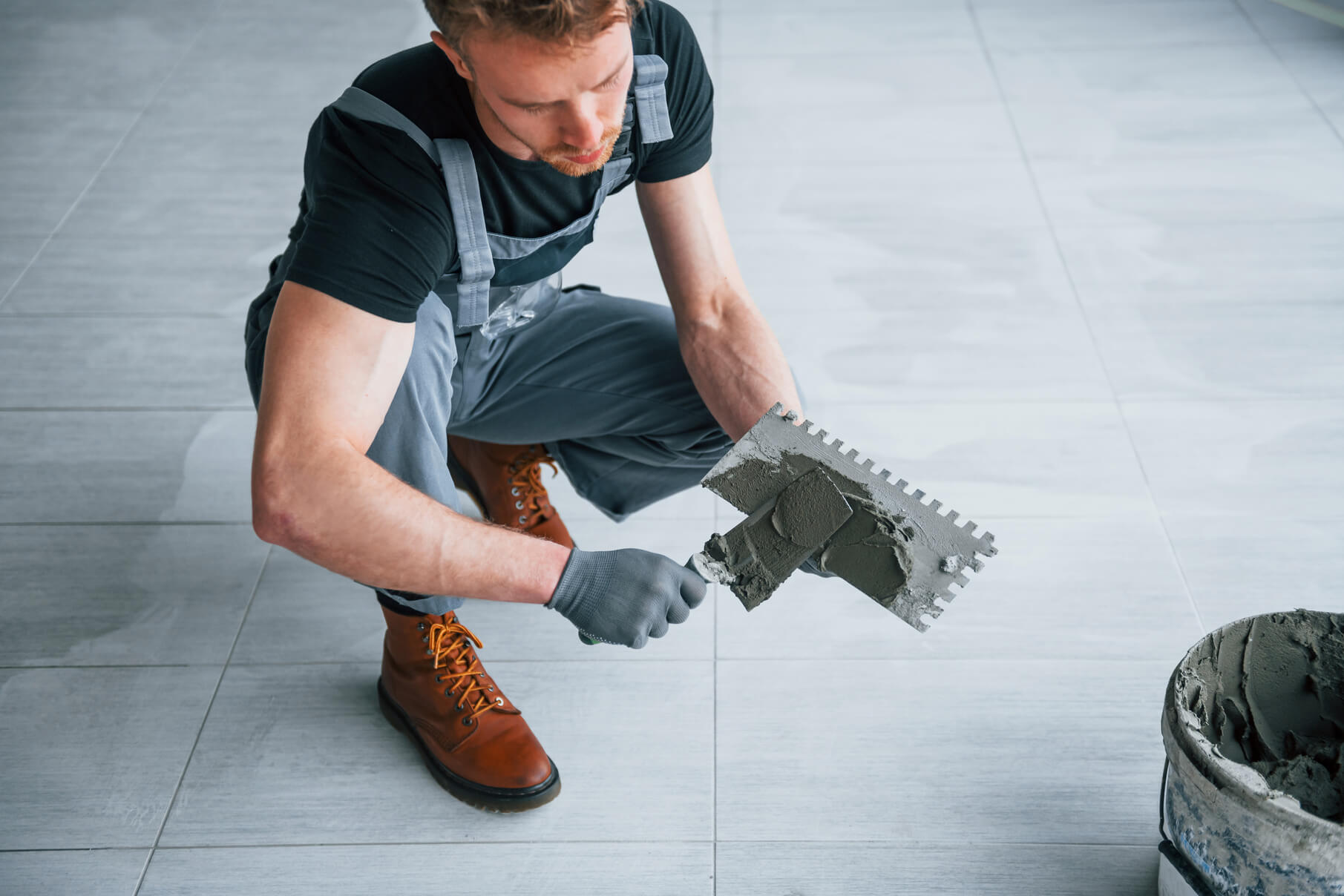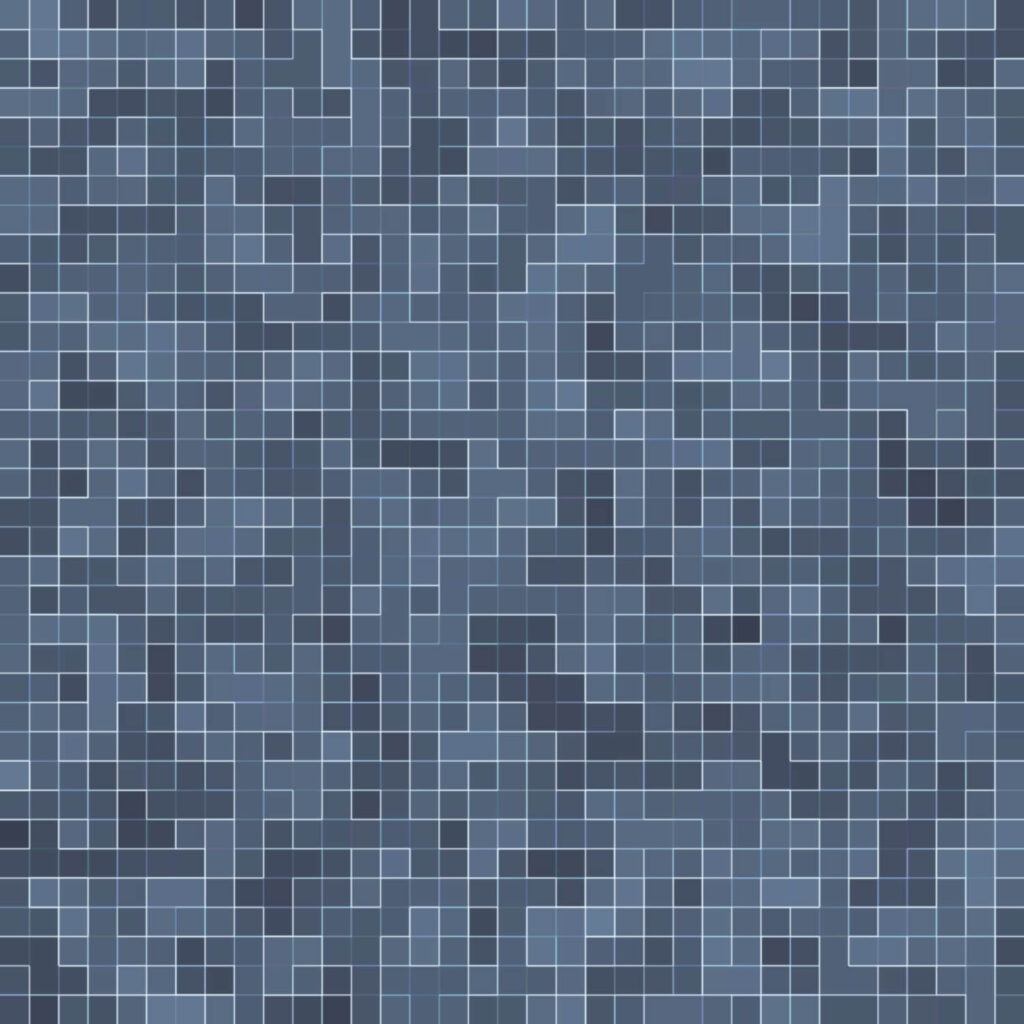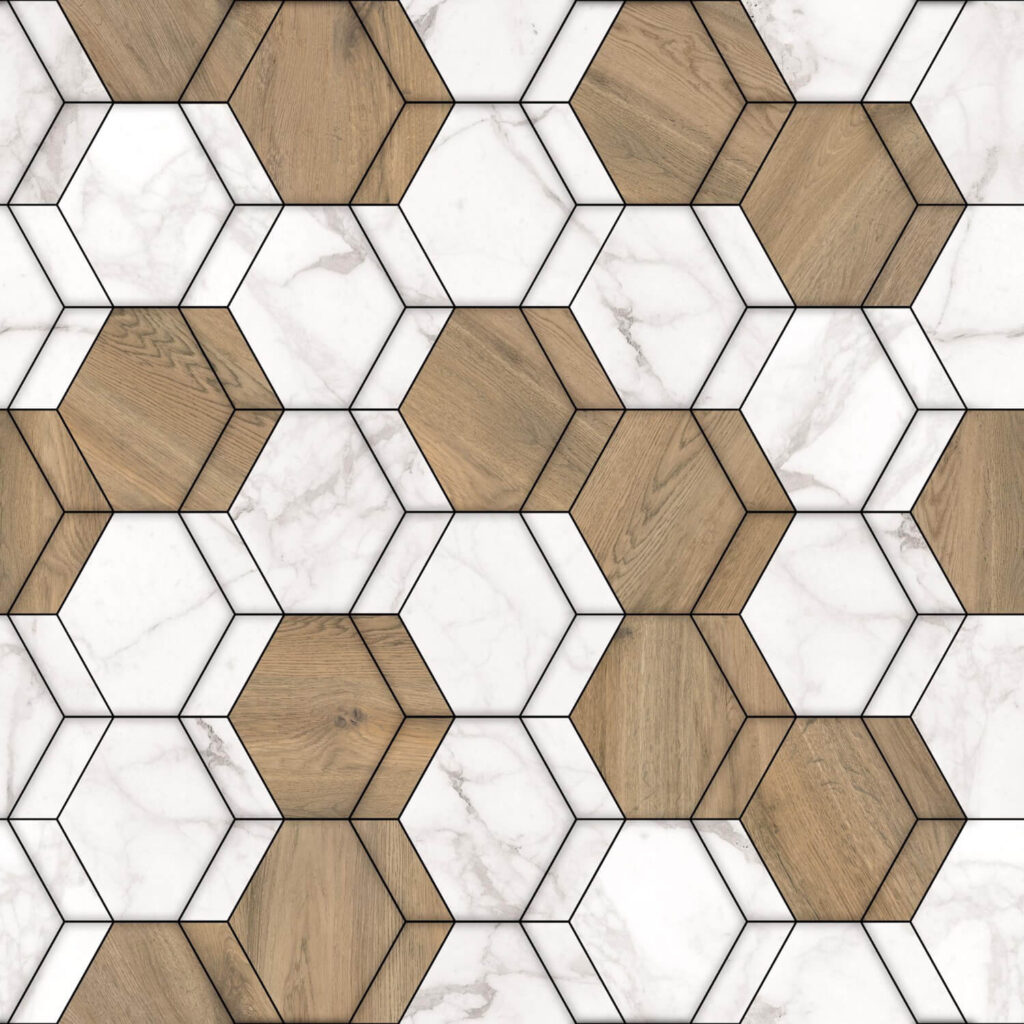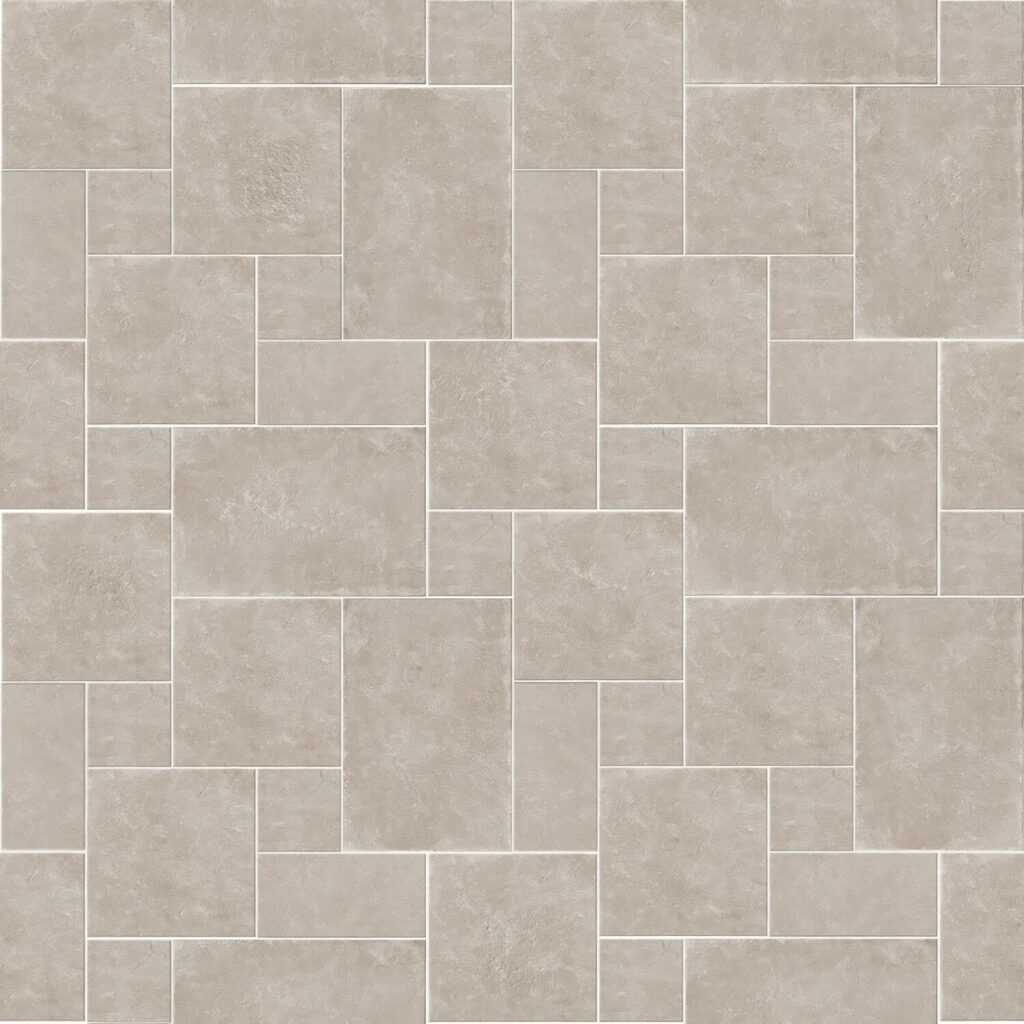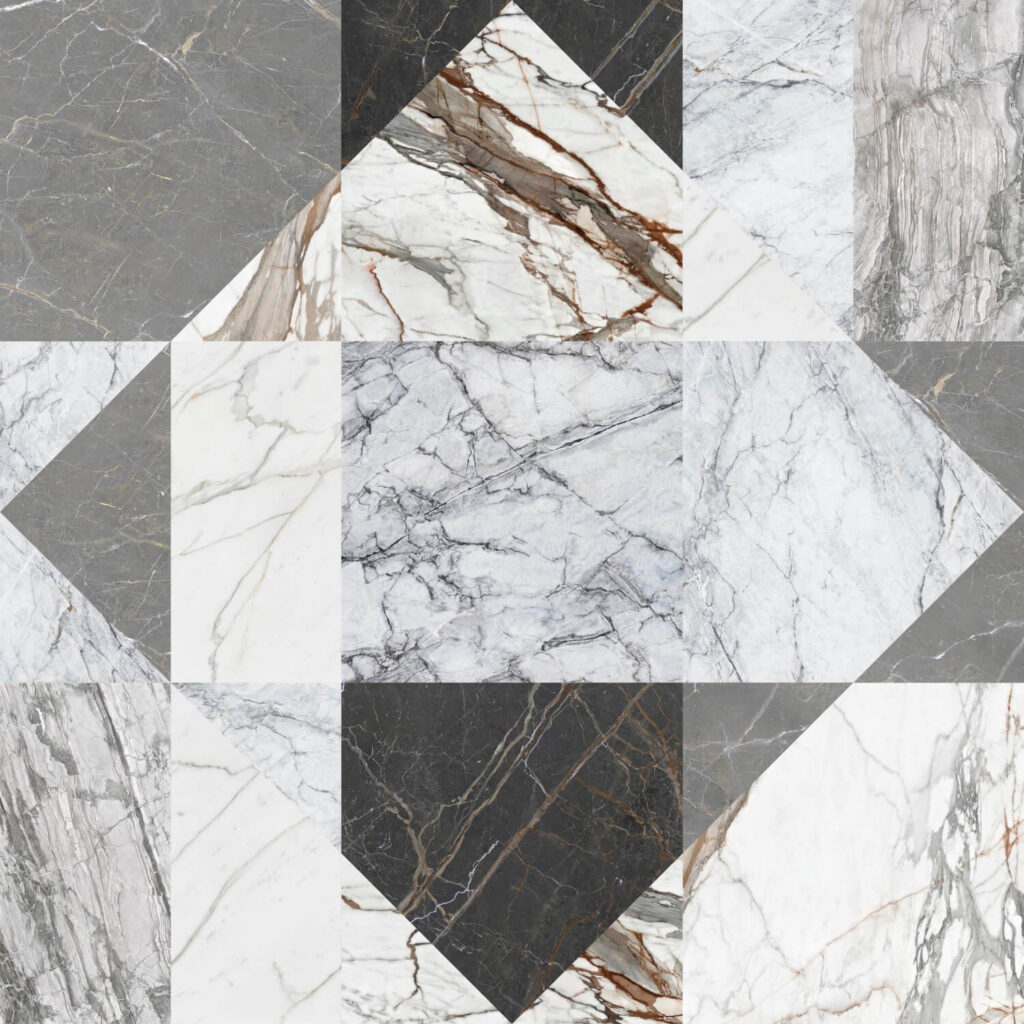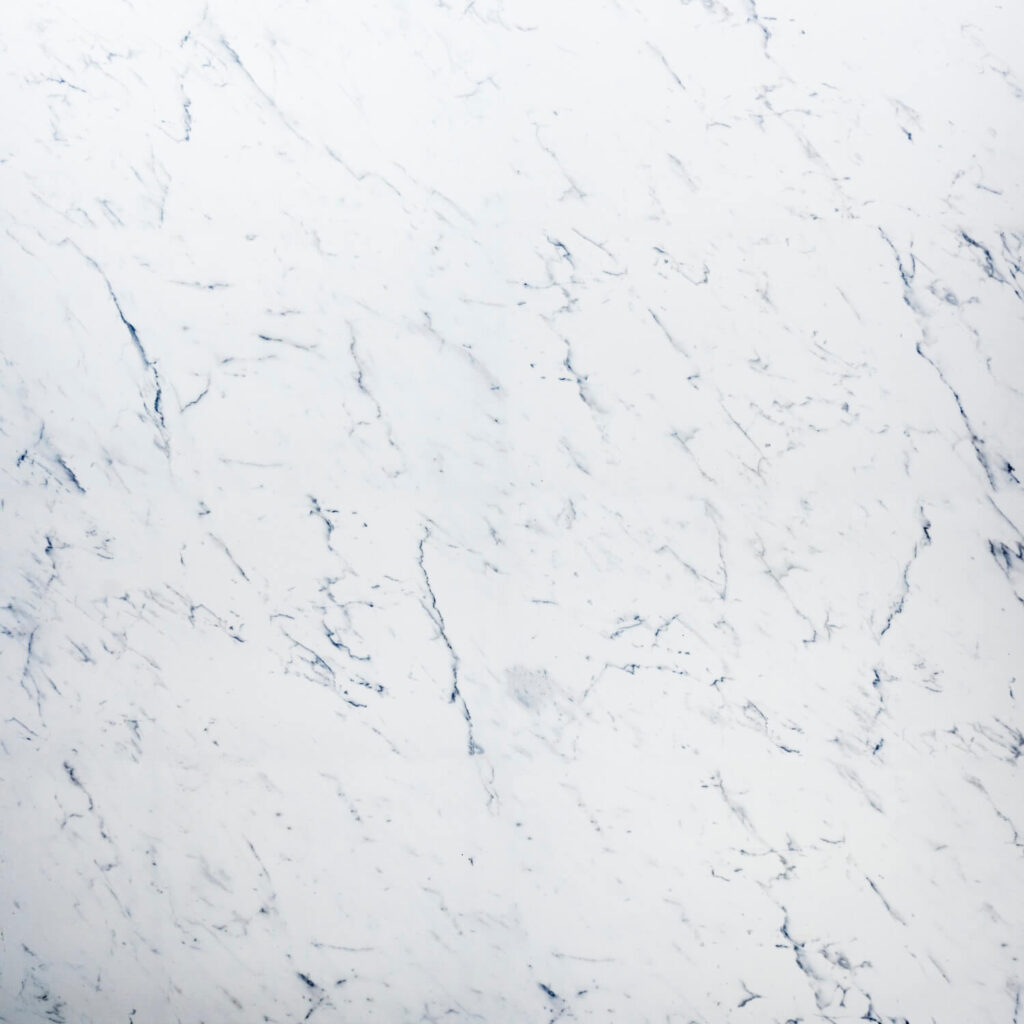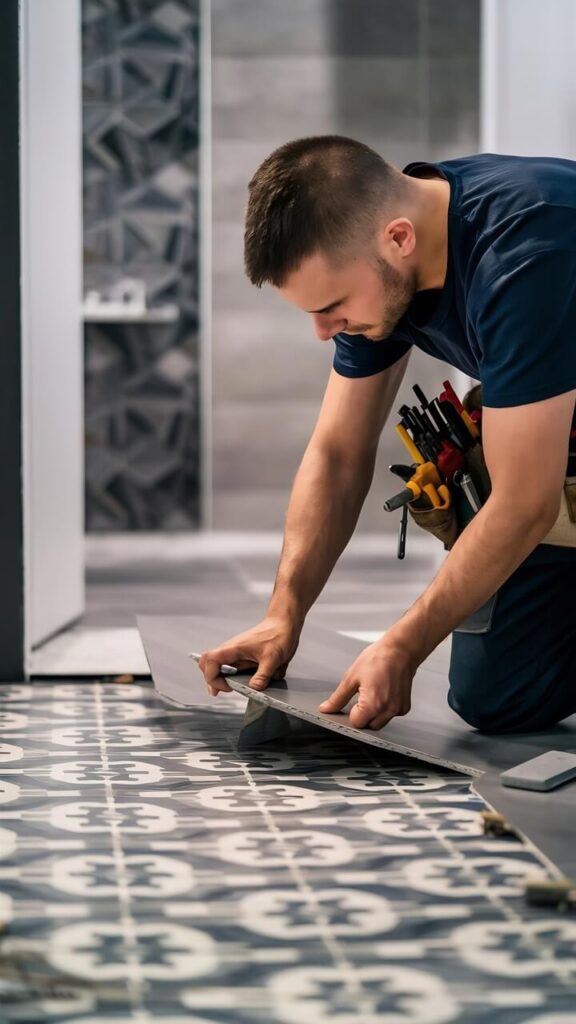Our Tile Installation Services
Kitchen Backsplashes That Pop
Want to add some pizzazz to your kitchen? Our backsplash installations are just the ticket. From sleek subway tiles to intricate mosaics, we’ll help you create a kitchen that’s uniquely you. And the best part? We’ll have it done before you can say “What’s for dinner?”
Bathroom Transformations
Let’s face it – your bathroom should be a relaxing oasis, not a tired old space. Whether you’re dreaming of a spa-like shower or a statement floor, we’ve got you covered. We’ll handle everything from waterproofing to those tricky corners, ensuring your new bathroom is both beautiful and functional.
Flooring That Wows
Nothing says “welcome home” like stunning tile floors. Whether you’re into classic ceramic, luxurious marble, or trendy porcelain, we’ll install floors that’ll make your neighbors green with envy. And don’t worry about the mess – we’ll leave your home cleaner than we found it!
The Tile Installation Process: What to Expect
Wondering what it’s like to work with us? Here’s a sneak peek:
- We’ll chat about your ideas and give you a free, no-pressure quote
- Once you’re ready, we’ll schedule a time that works for you
- Our team will show up on time, ready to work their magic
- We’ll keep you in the loop throughout the installation
- Before you know it, you’ll be enjoying your beautiful new tiles!
Why Tile? The Benefits of Choosing Tile for Your Home
Still on the fence about tile? Here’s why it’s a smart choice:
- Durability: These bad boys can handle whatever life throws at them
- Easy cleaning: A quick wipe, and they’re good as new
- Endless design options: From classic to contemporary, there’s a tile for every style
- Increased home value: Potential buyers love well-installed tile!
Ready to Get Started?
Don’t let your dream space remain a dream! Give us a call or shoot us a message today. We can’t wait to help you create a home you’ll love for years to come. Remember, when it comes to tile installation in [Your City], we’ve got you covered – literally!








